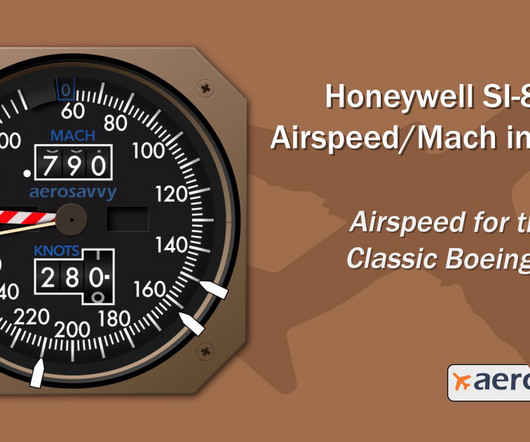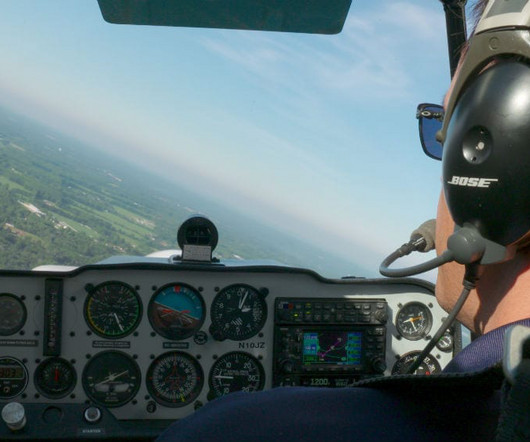E6B Made Easy: A Beginner’s Step-by-Step Guide
Pilot Institute
FEBRUARY 1, 2025
Step-by-Step: How to Use the E6B for Time and Speed Calculations Calculating Time en Route Lets say were flying at a constant airspeed of 100 knots. That means itll take 24 minutes to fly 40 miles at 100 knots. That means our groundspeed was 90 knots. Calibrated airspeed is not the same as indicated airspeed.













Let's personalize your content